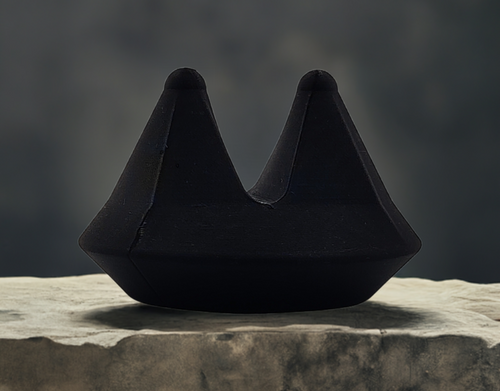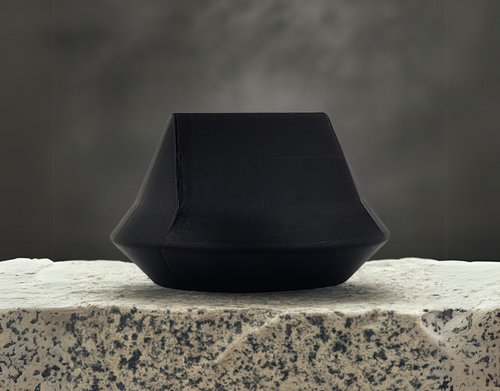Migraine aura without headache is a recognized form of migraine in which aura symptoms such as visual disturbances, numbness, dizziness, or speech difficulties occur without the actual headache phase. Sometimes the term “painless migraine” is used for this, but this is a separate topic and the subject of the next blog.
Symptoms and prevalence
Migraine aura symptoms may include:
-
Visual disturbances, such as flashing lights, zigzag patterns, or visual field defects.
-
Sensory disturbances, tingling or numbness in the upper limbs and face.
-
Balance disorders, dizziness and a feeling of confusion.
-
Speech production difficulties.
Migraine aura without headache is rare. However, the natural course of migraine includes the appearance of migraine auras, which appear as visual disturbances, especially in women, during menopause, even if migraine auras have not occurred previously. The connection of the aura with the pain phase is usually quickly lost, and auras may occur even several times a day. The appearance of auras is a phenomenon that predicts the cessation of migraine in the context of a long history of migraine.
Identification and differential diagnostics
Migraine aura without headache may be more difficult to recognize because the headache is absent and the symptoms may resemble, for example, a TIA (transient ischemic attack) or an epileptic seizure. To confirm the diagnosis, it is important to rule out other neurological causes, especially if the symptoms are new or different from before. If the aura begins directly with numbness without visual disturbance, it is urgent to investigate the matter. Sometimes the appearance of auras occurs at the same time as an increase in blood pressure.
Treatment and monitoring
Triptans (targeted migraine medications) are not effective in treating migraine auras, but they are not dangerous either. When the aura is of typical duration, i.e. about 20 minutes, oral medications are of no practical importance. Long auras, i.e. lasting more than half an hour, can be considered for treatment on a case-by-case basis with acetazolamide, which is currently a drug requiring special permission. The aura should not last more than an hour. Auras that occur undesirably frequently should be treated with a regularly taken preventive medication, for example candesartan. Other options include lamotrigine (which only works on auras, not pain) and sodium valproate. There are also experimental medications for auras, but there is not yet enough data on these.
Summary
Migraine aura without headache is a form of migraine in which neurological aura symptoms occur without the pain phase. It is often a natural progression of migraine with age, but it is always worth checking with a neurologist.

Markku Nissilä, neurology specialist
Frequently asked questions about migraine aura without headache
How common is migraine aura without headache?
It is quite rare, but can become more common during menopause and in association with a long history of migraines.
How do you distinguish it from a TIA?
TIA often begins suddenly without the typical progression of an aura. In migraine aura, symptoms usually develop gradually and last about 20–60 minutes.
Can a painless aura be dangerous?
Usually not, but if the symptoms are different from previous ones or last more than an hour, it is worth seeking examination by a neurologist.
Is there a medicine for it?
There is no specific medication, but preventive medication such as candesartan or lamotrigine can reduce the occurrence of auras.
Is a painless aura a sign of migraine relief?
In some cases, yes. After a long history of migraines, the appearance of auras without pain may predict the disappearance of migraines.
Read more and find natural help
Many factors contribute to migraines – including neck muscle tension and stress.
Discover the Atlas Care device , which relaxes the muscles at the base of the skull and relieves the symptoms of migraines and tension headaches.




